mmcartalk
Expert
- Messages
- 4,159
- Reactions
- 2,675
MM Retro-Write-Up: 1955-1956 Dodge LaFemme
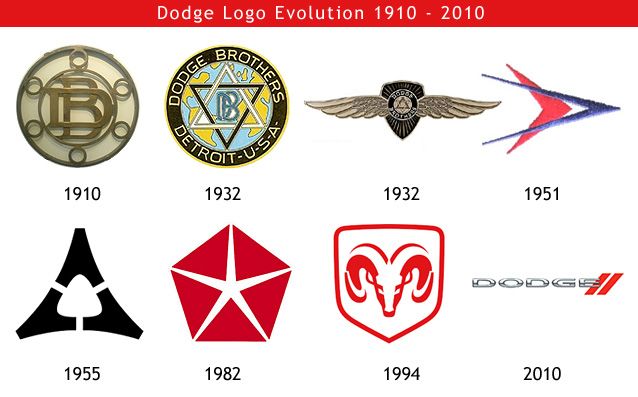
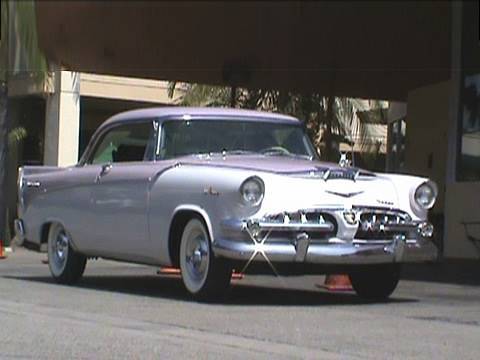


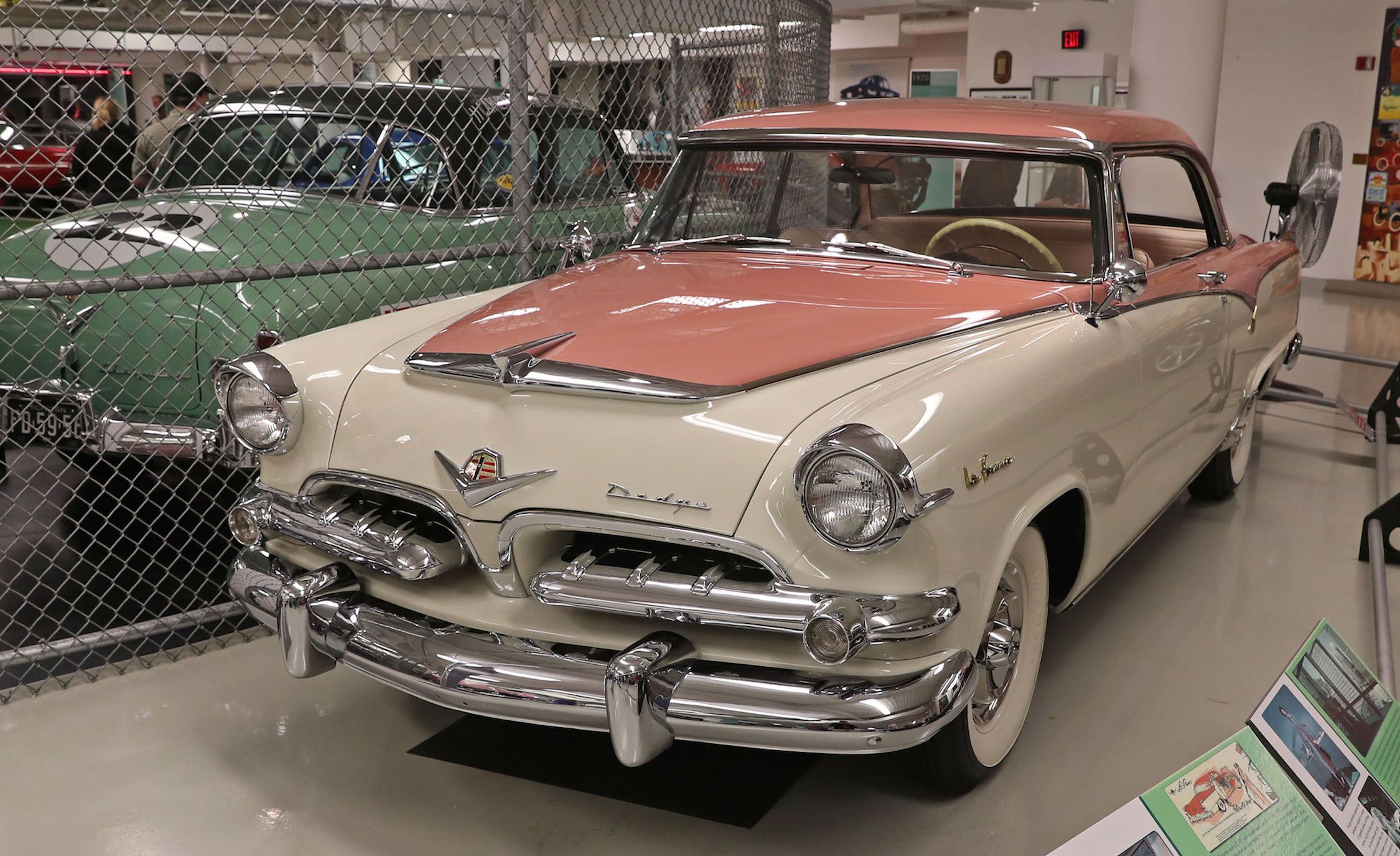
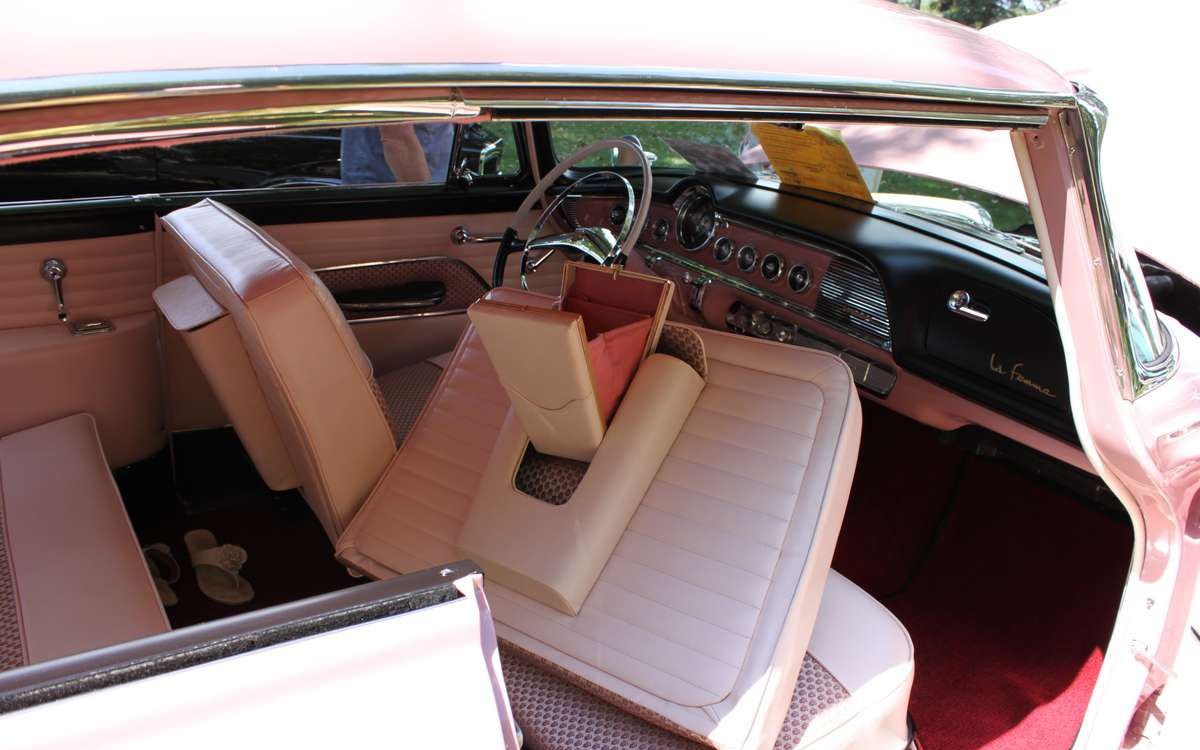
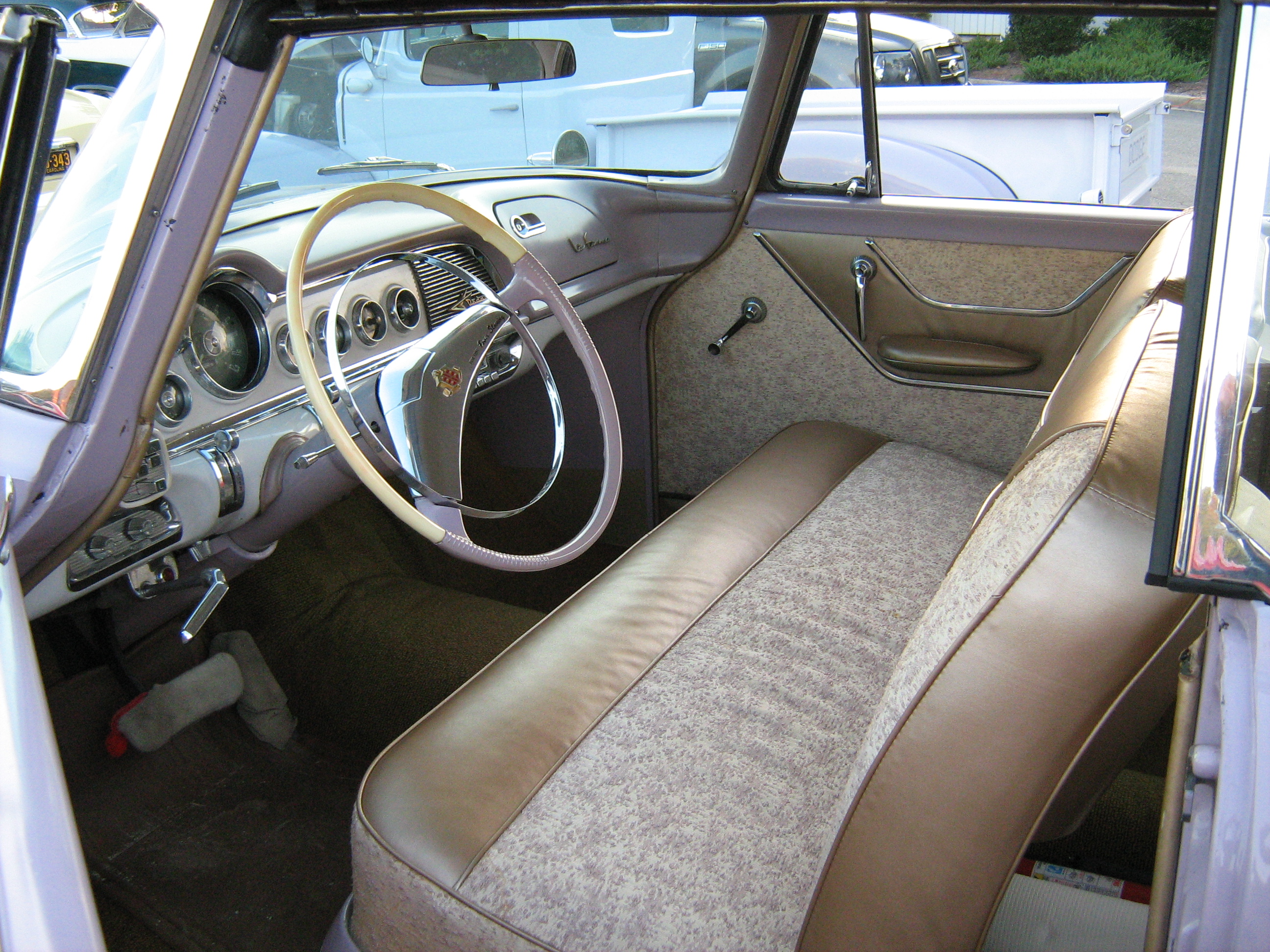
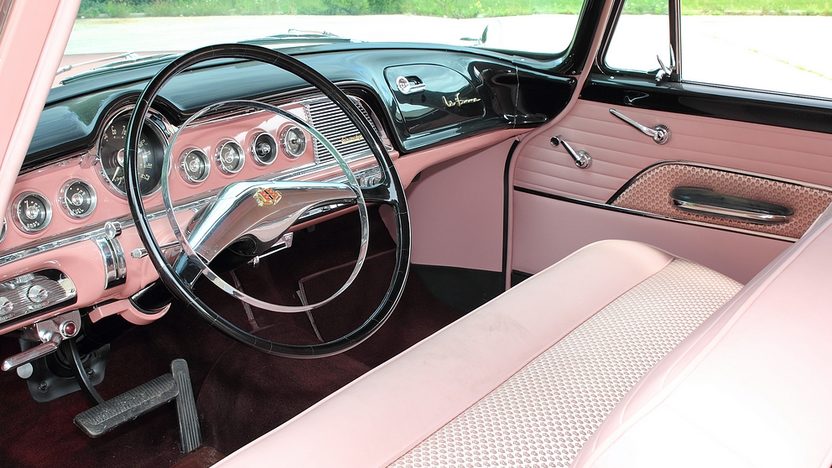
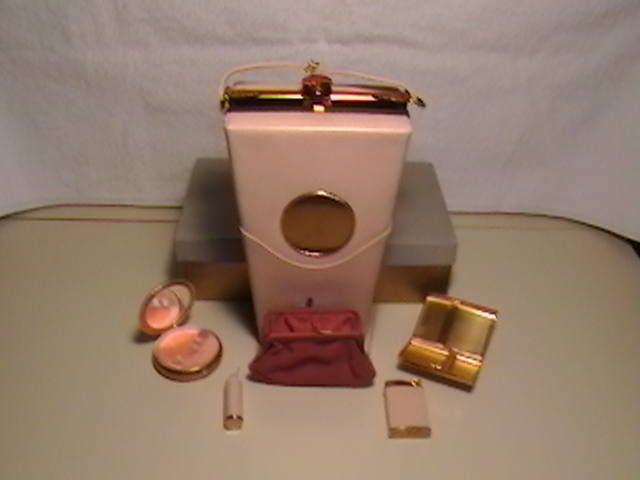
IN A NUTSHELL: A classic example of flamboyant American 1950s auto-marketing/design, before flamboyance became the rule.
I usually don’t like to get into automotive stereotypes, unless it is necessary to correctly portray the image of the vehicle in question (my Mazda Miata write-up was a good example). But, it this case, it leaves me no choice, because, with the LaFemme, stereotyping was specifically what this marketing-package was all about, from start to finish.
In the relatively early days of the automotive industry (before World War II), men were the usual determinant in the family of what type or brand of vehicle to buy. The husband and/or father was usually the family’s breadwinner, bringing home the paychecks, while Mom’s job was usually at home doing housework, raising the kids after school and on weekends, and doing what Dad, away at the office all day, was simply unable to do. The Great Depression of the 1930s, of course, greatly affected unemployment (and auto sales), but, in general, the basic structure of the American family did not change….the man made most of the major buying decisions.
When World War II came along, of course, things vastly changed. Young men, by the mens of millions, went into the military and/or overseas in droves to fight, leaving older women, some young women (at least those young women that did not serve in the military), and older men, who were too old to fight, to work in the factories and plants back home for the war-effort. This, of course, is where the famous “Rosie the Riveter” image came from….female workers in the plants building tanks, planes, ships, etc…..
Also upsetting the traditional auto market, during the war, was the obvious…..due to the war effort, new cars were built only for VIPs or the military. Civil auto production, for most families, was suspended from early 1942 until well into 1945, the end of the war. In addition to things like meat, sugar, shoes, and some other stapes, gasoline and tires for existing civilian autos were rationed (sometimes with coupons).
When civilian auto production resumed in 1945, after the end of the war, the pent-up demand for new cars that the war had caused for several years was tremendous, leading to inflation in prices (and incomes, after the wage-freezes of the war). New postwar designs, such as the slick 1949 Fords/Mercurys (a favorite with customizers), tail-finned Cadillacs inspired by the wartime P-38 Lightning twin-boom fighter plane), and larger/more powerful engines like the Olds “Rocket” V8 captured the public’s attention. Marriages among the surviving GIs and the many single women of the period took place by the millions….including my own Mom and Dad. New families began to move out of the cities, and a whole new suburban auto culture began to take hold, although with more or less the same family structure as before the war, with the husband/father (often with a well-paying factory-job) once again the main breadwinner, and Mom running things at home. This, of course, was made classic in the “Leave it to Beaver” and “I Love Lucy” TV series, watched by millions.
But not quite. Not all women married or re-married, some had lost their husbands or sons in the war, and some, though not a huge number, decided (or had to) work and make buying-decisions for themselves. These women, of course, particularly in Suburbia where you didn’t have a vast public-transportation network like in the cities, needed cars (sometimes new cars) to support their needs and jobs. By the mid-1950s, Chrysler (and, specifically, Dodge) marketers foresaw this need, and proposed a reasonably-priced new car specifically marketed for women-only, with no pretense whatsoever of any Macho or male-stereotype image like the Chrysler 300, considered the country’s first true postwar muscle-car even more so than the Oldsmobile Rocket V8s.
This Woman-Specific vehicle (although men, of course, were free to buy one for their wife or daughter) was to be done on the platform of the 1955 Dodge Royal Lancer Custom, which, like the corporation’s sister DeSoto, was considered a more upmarket car than the Plymouths of the time but not as much as the Chryslers or Imperials. Its drivetrain was the 4.4L (270 cubic-inch) Dodge V8 of 193 HP and a standard two-speed Power-Flite automatic transmission. Automatics, in those days, were considered much easier for women (and many men, for that matter) to drive than the traditional three-pedal manuals, whose gears were often unsynchronized, required skill, and were more difficult to shift smoothly, without crunching, than later synchro-manual transmissions. Power-steering and power-brakes, for less effort, were also standard. Paint jobs came in combinations of white , pink, and/or lavender (light purple), with gold fender/logo trim. Seat and trim-upholstery, inside, had matching white/pink/lavender or gold colors. Special soft carpeting was used. A pink-leather purse came with the car, included a lipstick-case, cigarette-case, change-purse, and was stowed in a special compartment in the back seat. A built-in tissue-dispenser was also provided, as bright-red lipstick was very common at that time (my own late Mother used to wear it). To top it off, to honor the female-gender, the sales-brochures that came with the LaFemme ad as their title: “By Special Appointment to Her Majesty, the American Woman”.
Outside of the obvious feminine touches, however, it was pretty much your standard mid-1950s Dodge….and offered only in a two-door hardtop version. This was a couple of years before the famous “Suddenly, it’s 1960” look and the radical-sweeping redesign of 1957, where the new Chrysler products caught the rest of the industry flat-footed with the mesmerizing new look…..unfortunately, also accompanied by a severe drop in quality-control at their assembly-plants. For years, Chrysler products, at the insistence of Walter P. Chrysler himself, produced somewhat stodgy-looking cars where a typical adult could easily get in and out with a hat. Walter Chrysler himself usually wore a hat, and, of course, it was pretty much fashionable for some of that period to wear styling hats of their own…so the 1955 Dodge body-style would be easy for them to also get in and out of.
The LaFemme Dodge lasted only two years in production….1955 and 1956, and the 1956 version did not include the pink leather purse. By 1957, Chrysler management had decided to introduce the poorly-built but radically-restyled “New Look” vehicles that totally changed Detroit full-sized auto designs literally for the next two decades….they became much longer, lower, and wider, and, of course, by then, Walter Chrysler’s hat was long out of the picture.
I never specifically sampled a La Femme, although, as an auto-enthusiast, I would have had no problem test-driving one…as I stated earlier, stereotypes don’t affect me. In some ways, though, I didn’t need to, because I did get a chance to sample/test-drive a similar 1955 Dodge much later. One of my late grandfathers owned one, though I don’t remember what color it was, and a former friend of our family also had one in the 1980s. he stopped by my late Mom’s house once, and, since I was also there visiting, let me take it out for a spin. Mechanically (but without the feminine-trim) it was like the LeFemme…4.4L V8 and two-speed automatic. It drove pretty much like most of the mid-1950s Detroit sedans….soft ride, slow steering with a lot of play in the steering wheel, decent amount of torque in the engine despite sometimes-low HP ratings, and nice deep/soft bench seats you can really sink your frame into…..though, except for Cadillacs/Buicks/Lincolns in those days, noise-isolation was not particularly good.
One thing the LaFemme did do for the American auto industry that lasted beyond its two-year production run, was institute the availability of bright and pastel-colored paint-jobs and interiors. Two-tone (and even three-toned) interiors and paint-jobs became more or less the norm in full-sized American cars until the early 60s, six or seven years later, when both fins, pastel-colors, and chrome-levels all began to wane. Indeed, the outlandish and flamboyant pink 1959 Cadillacs became sought-after by famous musicians and rock-stars….Elvis Presley and Bruce Springsteen come to mind.
It goes without saying that a car like the La Femme would probably be impossible to market today…..nor would most auto companies have any desire to. Many contemporary women would be insulted by it, and most vehicles today, with a couple of exceptions, are considered gender-neutral. VW, for instance, faced criticism of the Touraeg nameplate for its SUVs simply because it was the name of a tribe of indigenous people in North Africa. But the world of the 1950s was clearly not the world of 2020, and the LeFemme has its place in American automotive history.
And, of course, Happy Car-Memories.
MM

__________________

DRIVING IS BELIEVING










IN A NUTSHELL: A classic example of flamboyant American 1950s auto-marketing/design, before flamboyance became the rule.
I usually don’t like to get into automotive stereotypes, unless it is necessary to correctly portray the image of the vehicle in question (my Mazda Miata write-up was a good example). But, it this case, it leaves me no choice, because, with the LaFemme, stereotyping was specifically what this marketing-package was all about, from start to finish.
In the relatively early days of the automotive industry (before World War II), men were the usual determinant in the family of what type or brand of vehicle to buy. The husband and/or father was usually the family’s breadwinner, bringing home the paychecks, while Mom’s job was usually at home doing housework, raising the kids after school and on weekends, and doing what Dad, away at the office all day, was simply unable to do. The Great Depression of the 1930s, of course, greatly affected unemployment (and auto sales), but, in general, the basic structure of the American family did not change….the man made most of the major buying decisions.
When World War II came along, of course, things vastly changed. Young men, by the mens of millions, went into the military and/or overseas in droves to fight, leaving older women, some young women (at least those young women that did not serve in the military), and older men, who were too old to fight, to work in the factories and plants back home for the war-effort. This, of course, is where the famous “Rosie the Riveter” image came from….female workers in the plants building tanks, planes, ships, etc…..
Also upsetting the traditional auto market, during the war, was the obvious…..due to the war effort, new cars were built only for VIPs or the military. Civil auto production, for most families, was suspended from early 1942 until well into 1945, the end of the war. In addition to things like meat, sugar, shoes, and some other stapes, gasoline and tires for existing civilian autos were rationed (sometimes with coupons).
When civilian auto production resumed in 1945, after the end of the war, the pent-up demand for new cars that the war had caused for several years was tremendous, leading to inflation in prices (and incomes, after the wage-freezes of the war). New postwar designs, such as the slick 1949 Fords/Mercurys (a favorite with customizers), tail-finned Cadillacs inspired by the wartime P-38 Lightning twin-boom fighter plane), and larger/more powerful engines like the Olds “Rocket” V8 captured the public’s attention. Marriages among the surviving GIs and the many single women of the period took place by the millions….including my own Mom and Dad. New families began to move out of the cities, and a whole new suburban auto culture began to take hold, although with more or less the same family structure as before the war, with the husband/father (often with a well-paying factory-job) once again the main breadwinner, and Mom running things at home. This, of course, was made classic in the “Leave it to Beaver” and “I Love Lucy” TV series, watched by millions.
But not quite. Not all women married or re-married, some had lost their husbands or sons in the war, and some, though not a huge number, decided (or had to) work and make buying-decisions for themselves. These women, of course, particularly in Suburbia where you didn’t have a vast public-transportation network like in the cities, needed cars (sometimes new cars) to support their needs and jobs. By the mid-1950s, Chrysler (and, specifically, Dodge) marketers foresaw this need, and proposed a reasonably-priced new car specifically marketed for women-only, with no pretense whatsoever of any Macho or male-stereotype image like the Chrysler 300, considered the country’s first true postwar muscle-car even more so than the Oldsmobile Rocket V8s.
This Woman-Specific vehicle (although men, of course, were free to buy one for their wife or daughter) was to be done on the platform of the 1955 Dodge Royal Lancer Custom, which, like the corporation’s sister DeSoto, was considered a more upmarket car than the Plymouths of the time but not as much as the Chryslers or Imperials. Its drivetrain was the 4.4L (270 cubic-inch) Dodge V8 of 193 HP and a standard two-speed Power-Flite automatic transmission. Automatics, in those days, were considered much easier for women (and many men, for that matter) to drive than the traditional three-pedal manuals, whose gears were often unsynchronized, required skill, and were more difficult to shift smoothly, without crunching, than later synchro-manual transmissions. Power-steering and power-brakes, for less effort, were also standard. Paint jobs came in combinations of white , pink, and/or lavender (light purple), with gold fender/logo trim. Seat and trim-upholstery, inside, had matching white/pink/lavender or gold colors. Special soft carpeting was used. A pink-leather purse came with the car, included a lipstick-case, cigarette-case, change-purse, and was stowed in a special compartment in the back seat. A built-in tissue-dispenser was also provided, as bright-red lipstick was very common at that time (my own late Mother used to wear it). To top it off, to honor the female-gender, the sales-brochures that came with the LaFemme ad as their title: “By Special Appointment to Her Majesty, the American Woman”.
Outside of the obvious feminine touches, however, it was pretty much your standard mid-1950s Dodge….and offered only in a two-door hardtop version. This was a couple of years before the famous “Suddenly, it’s 1960” look and the radical-sweeping redesign of 1957, where the new Chrysler products caught the rest of the industry flat-footed with the mesmerizing new look…..unfortunately, also accompanied by a severe drop in quality-control at their assembly-plants. For years, Chrysler products, at the insistence of Walter P. Chrysler himself, produced somewhat stodgy-looking cars where a typical adult could easily get in and out with a hat. Walter Chrysler himself usually wore a hat, and, of course, it was pretty much fashionable for some of that period to wear styling hats of their own…so the 1955 Dodge body-style would be easy for them to also get in and out of.
The LaFemme Dodge lasted only two years in production….1955 and 1956, and the 1956 version did not include the pink leather purse. By 1957, Chrysler management had decided to introduce the poorly-built but radically-restyled “New Look” vehicles that totally changed Detroit full-sized auto designs literally for the next two decades….they became much longer, lower, and wider, and, of course, by then, Walter Chrysler’s hat was long out of the picture.
I never specifically sampled a La Femme, although, as an auto-enthusiast, I would have had no problem test-driving one…as I stated earlier, stereotypes don’t affect me. In some ways, though, I didn’t need to, because I did get a chance to sample/test-drive a similar 1955 Dodge much later. One of my late grandfathers owned one, though I don’t remember what color it was, and a former friend of our family also had one in the 1980s. he stopped by my late Mom’s house once, and, since I was also there visiting, let me take it out for a spin. Mechanically (but without the feminine-trim) it was like the LeFemme…4.4L V8 and two-speed automatic. It drove pretty much like most of the mid-1950s Detroit sedans….soft ride, slow steering with a lot of play in the steering wheel, decent amount of torque in the engine despite sometimes-low HP ratings, and nice deep/soft bench seats you can really sink your frame into…..though, except for Cadillacs/Buicks/Lincolns in those days, noise-isolation was not particularly good.
One thing the LaFemme did do for the American auto industry that lasted beyond its two-year production run, was institute the availability of bright and pastel-colored paint-jobs and interiors. Two-tone (and even three-toned) interiors and paint-jobs became more or less the norm in full-sized American cars until the early 60s, six or seven years later, when both fins, pastel-colors, and chrome-levels all began to wane. Indeed, the outlandish and flamboyant pink 1959 Cadillacs became sought-after by famous musicians and rock-stars….Elvis Presley and Bruce Springsteen come to mind.
It goes without saying that a car like the La Femme would probably be impossible to market today…..nor would most auto companies have any desire to. Many contemporary women would be insulted by it, and most vehicles today, with a couple of exceptions, are considered gender-neutral. VW, for instance, faced criticism of the Touraeg nameplate for its SUVs simply because it was the name of a tribe of indigenous people in North Africa. But the world of the 1950s was clearly not the world of 2020, and the LeFemme has its place in American automotive history.
And, of course, Happy Car-Memories.
MM

__________________

DRIVING IS BELIEVING

Last edited:
